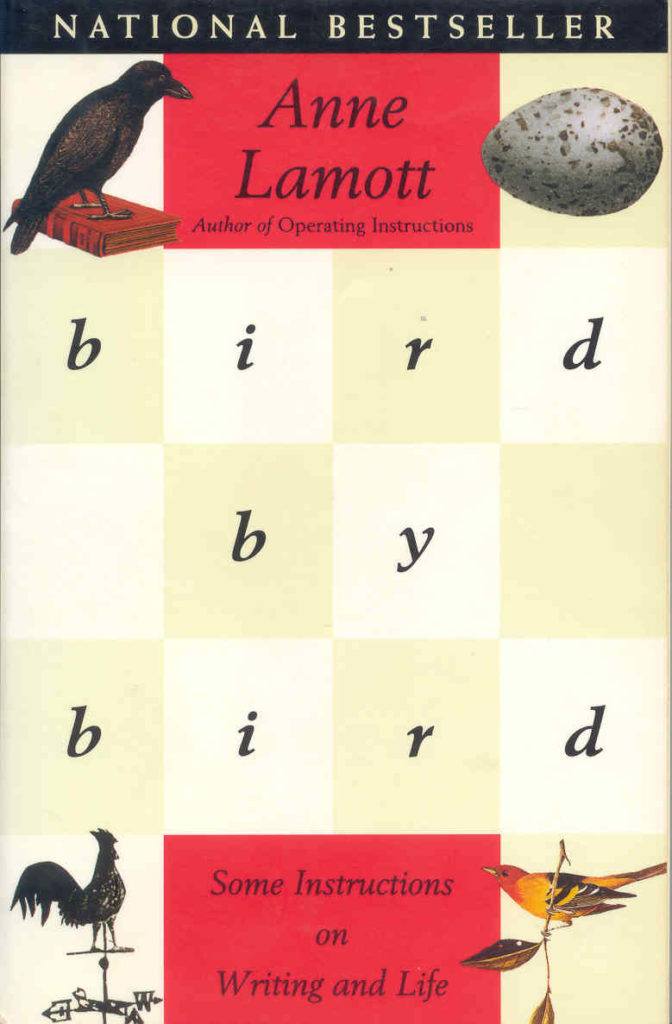Sermon Preparation is different in the Missional Church
My favorite day of the week is Sunday.
Our young church, Austin Mustard Seed, has been doing Sunday liturgy for six months. We are blessed to have a meeting space that is mostly setup so we can focus on relationships over tasks. We are new enough that we have little to no baggage, and lots of possibilities. So, we are happy to see Sunday come again every seven days. It is a rich and meaningful day.
Along with that comes the need to prepare a sermon every seven days. It is a task that comes again and again. It is one that we see as critical to forming the language and identity of our developing church community.
For most church planters, including me, sermon prep is a joy, but not one without the angst that comes with any looming deadline. Perhaps never in the life of a church will a leader’s attention be going more directions than in the first few years.
Preaching is an important task, but it is not our only task. While many pastors in established churches might devote 20 or 25 hours to sermon preparation. That’s not viable for missional church planters, whether they be full-time, or especially if they are bivocational.
This, then, is the beginning of a series on Rhythms of Sermon Preparation for the Missional Church Planter. I come to this not as an expert, but as an attentive learner actively working this out. I am able to draw from prior experiences as a youth pastor and member of the teaching team in a large church, as well as time as an associate pastor in a previous church plant.
But sermon preparation in this season is also quite different from those experiences. I’m now bivocational; I split my time, just about evenly, between leading our young church and doing freelance website development. I’m thankful for a second income that offers flexibility, but it demands plenty of time attention each week.
I preach about three times a month, and it’s work. It’s hard work, and also good work, to create a space and time to have something to say. It’s not as simple as reading a few commentaries so that I can explain a text. It must be formed out of my own experience with the text, with where I see our community, and with myself. Though I can’t give 20-25 hours a week, I have learned that doing the right things at the right time can prevent me from a frightful panic after putting the kids to bed on Saturday night. Most weeks anyway…
My own passion for sermon preparation led me to start a podcast last year called Sermonsmith (website / iTunes). Twice a month, I post interviews with pastors from all different backgrounds, contexts and experience levels about how they go about sermon preparation. Much of what we will explore in this series draws from those interviews and the accumulated years of experience that they contain.
A paradigm for what follows
Before we get into particulars in the posts that will follow, it will serve us well to shape an overall paradigm for the kind of sermon preparation that I’m proposing. I see sermon preparation, especially in the midst of missional church planting, as a way of life. It is not a series of tasks to be completed each week, but a set of ongoing practices to help form the sermon I know that I’m preaching next and the one in the not so near future that hasn’t even been scheduled yet.When approached this way, my hope it that I, and you, won’t face a blank slate every Monday morning, but will have a collection of ideas and impulses available to sling us toward the coming Sunday.
There is no shortage of books and articles written by writers for aspiring writers. Everyone shares the same critical piece of advice: write every day, whether you think those words will someday be read by others or not. Writers understand that writing is a way of life, and not a task to complete or a deadline to meet. And this doesn’t stop with writers.
 I’ve long been interested in what creative processes look like, exploring the habits that are helpful for anyone who is regularly making things, whether their medium is words, paint, film, instrument, hardware or food. Across the board, artists will tell you that the most important part of their work is the practices they engage in, the routines and disciplines they take on in order to make their creative expression a part of who they are.
I’ve long been interested in what creative processes look like, exploring the habits that are helpful for anyone who is regularly making things, whether their medium is words, paint, film, instrument, hardware or food. Across the board, artists will tell you that the most important part of their work is the practices they engage in, the routines and disciplines they take on in order to make their creative expression a part of who they are.
In the series to follow, I will approach sermon preparation the same way. I will explore sermon preparation, like any creative act, as something that is formed and shaped by these ongoing actions and postures: Attend, Catalog, Capture, Study, Develop, and Evaluate. There is some sense of order to these, but don’t think of them as simple steps, even though some of them are very tangible. They are postures and actions that we move in and out of as sermons are being birthed (and sometimes death-ed!) in us. I’m a pretty geeky guy, and there will be some particulars of how some of these might work along the way. But it is important to me that I state, from the start, that this whole thing is more about who you are than what you are doing.

Until part two, let me leave you with a book recommendation: Bird by Bird, by Anne Lamott. It is a description of her lifestyle as a writer that is part memoir and part how-to, not to mention fully irreverent and fully sacred. It sits in the background of most of what I’ve written above, and you’ll find it an enriching partner in seeing sermon prep as an ongoing way of life rather than a weekly deadline.
This post is part two in the series Preparing to Preach in the Missional Church. You can read part two here.
Share this Post

